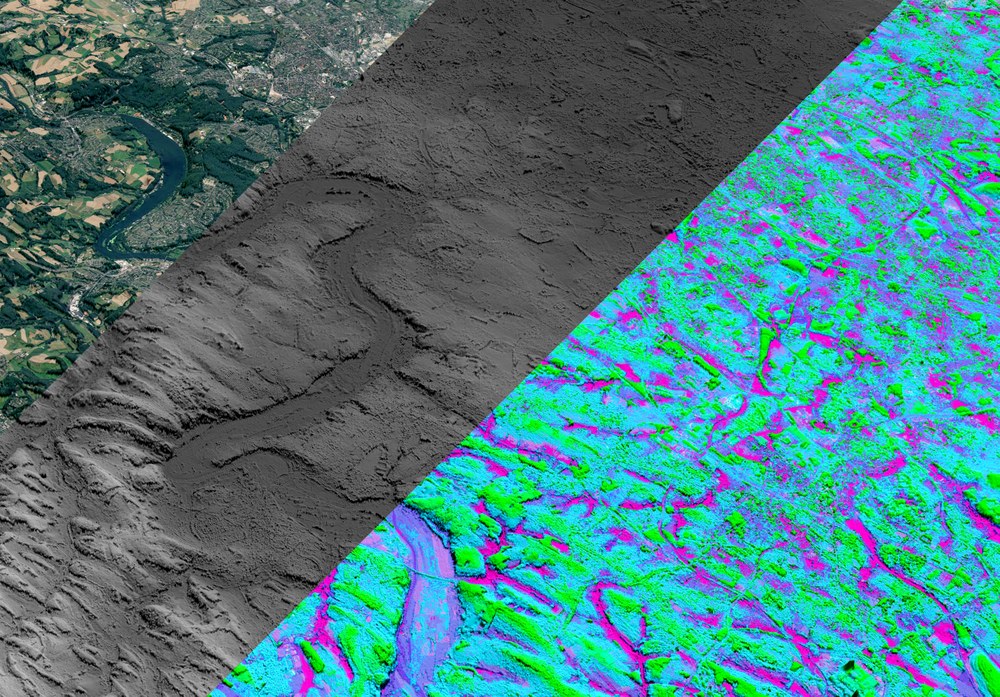Heavy Rain Risk: EOC System furnishes information
Heavy rains even far from rivers and lakes can quickly lead to serious flooding. EOC scientists have now developed a risk assessment system that makes it possible for the first time to ascertain the threat of heavy rain for every household in Germany. Its development by EOC is now completed and the insurance industry will put a version to use nationwide by the end of 2016.

The DLR system – in contrast to existing tools – does not use hydrological base data, which are unsuitable for supplying information about the risk of heavy rain. Instead, terrain models are statistically analysed and classified, which obviates the need even for meteorological data like rain measurements The precision of the model calculations was confirmed by comparison with current and historic damage data made available by an insurance company, the Westfälischen Provinzial Versicherung AG, a DLR project partner.
The newly developed system brings together the expertise of both EOC institutes in the areas of 3D modelling and geostatistics. High-resolution terrain models were used for the demonstration. These were based on image data from the Indian Cartosat-P5 satellite using a methodology also developed by EOC. However, risk modelling can be smoothly carried out with any terrain models. For example, EOC scientists tested their modelling method using terrain models derived from radar data. As part of the TanDEM-X mission a global terrain model with a resolution unequalled to date is currently coming into being at EOC and it will be suitable for such applications. With the help of the new methodology and appropriate elevation data sets, risk modelling is possible at various scales, from high-precision local analyses to global information.
The new EOC risk analysis approach is of high relevance for the insurance industry for planning and designating construction and infrastructure projects, for the real estate industry, and not least for individual homeowners. The methodology is to be further developed so that the risks associated with other natural events and weather phenomena, for example storms and ground frost, can be modelled.
The development of this innovation was supported by DLR’s Technology Marketing department. It is an example of the successful interaction of science and the business sector. The Westfälischen Provinzial Versicherung AG plans to continue working closely with DLR scientists to optimize additional risk models.
